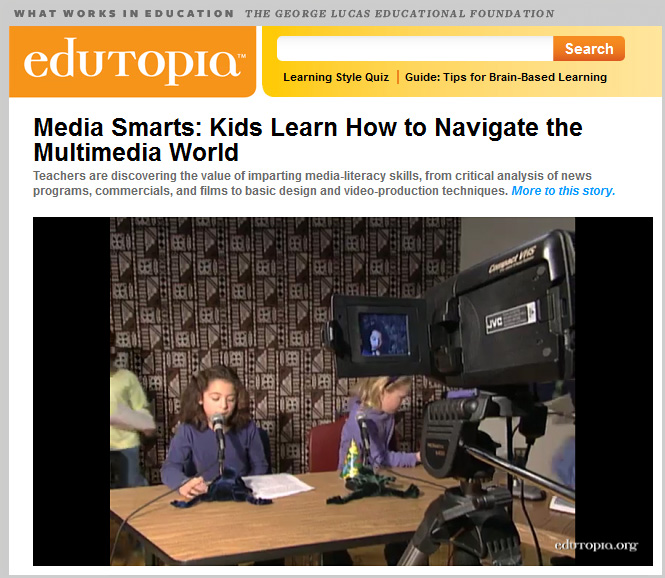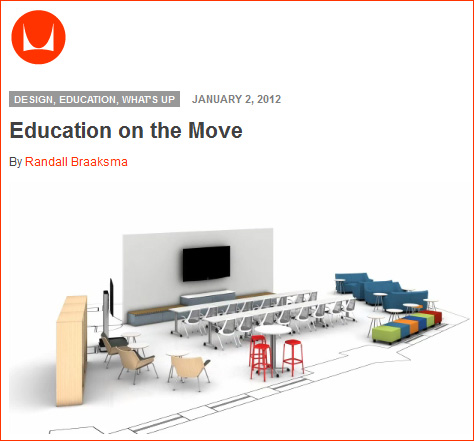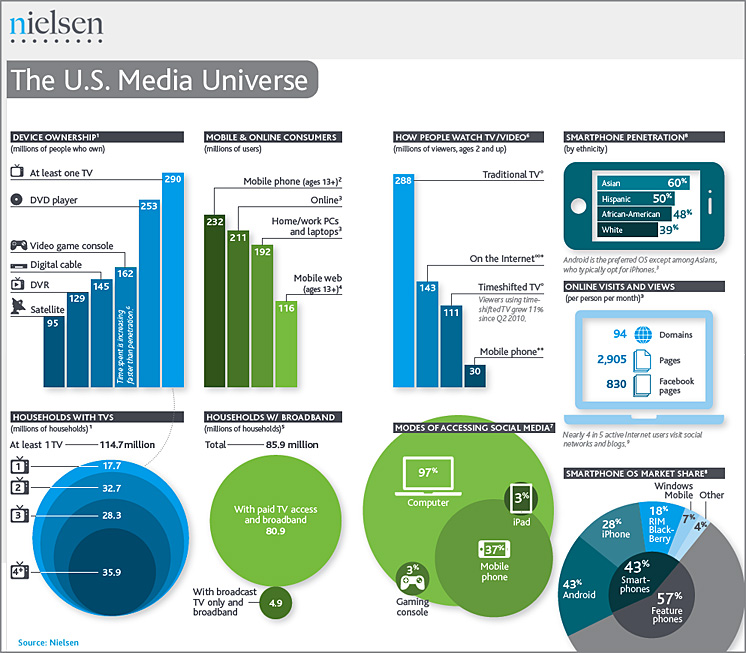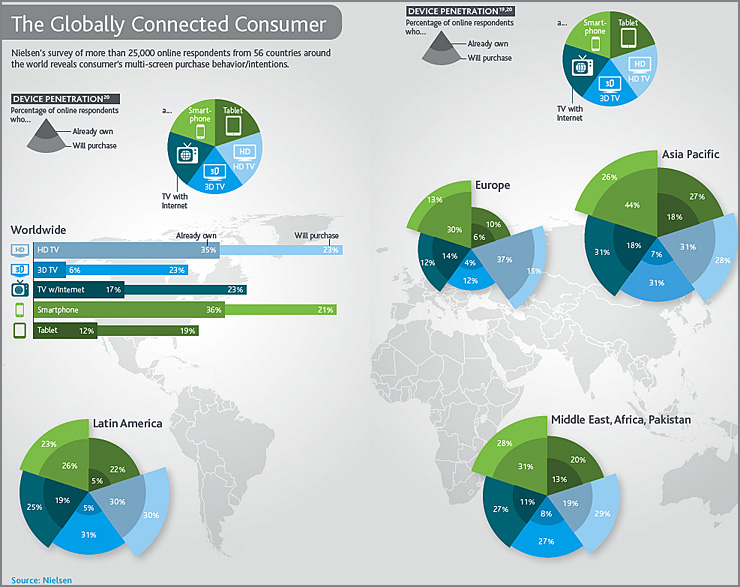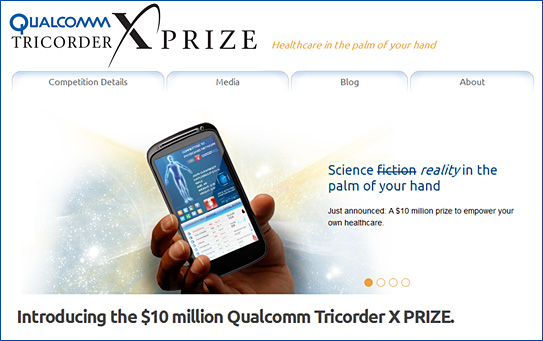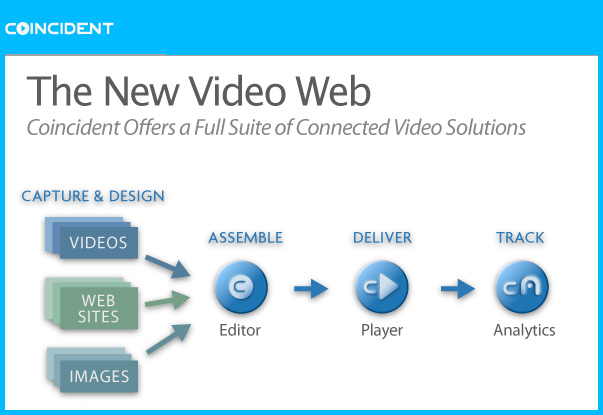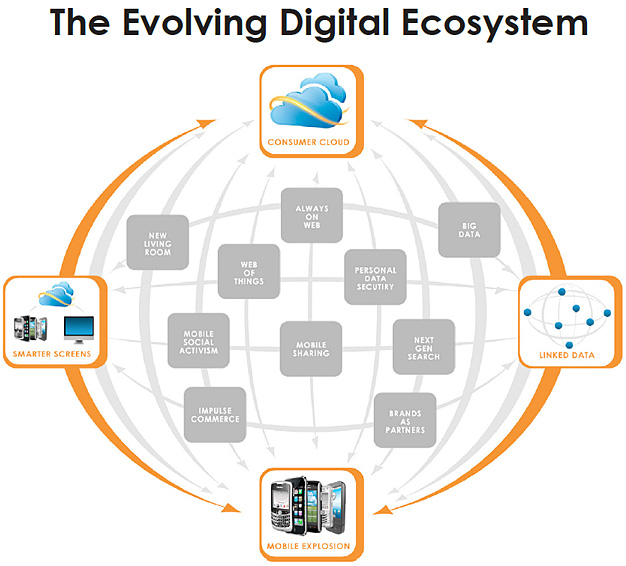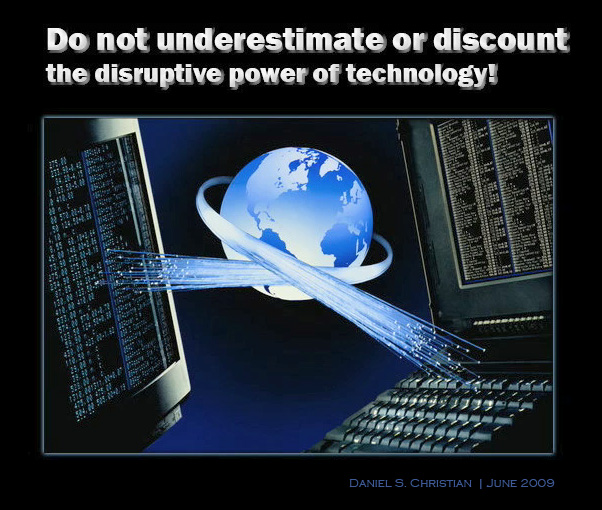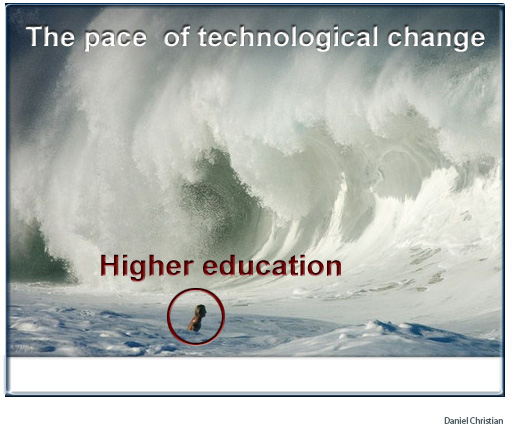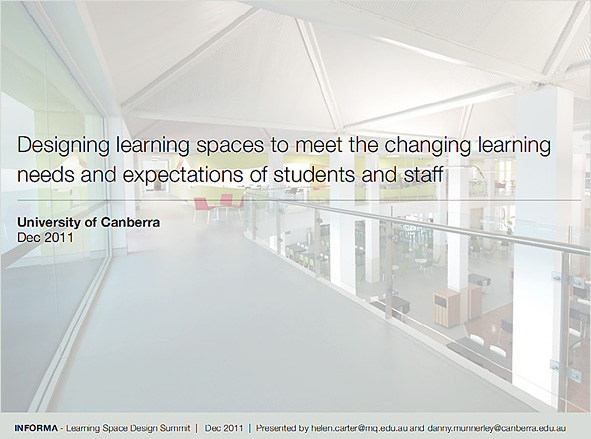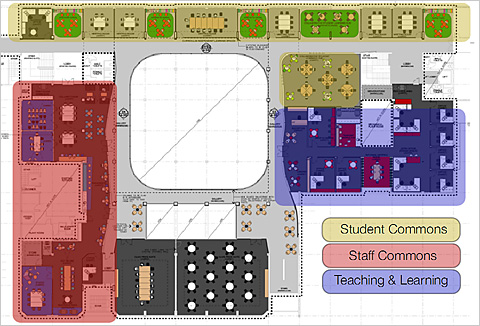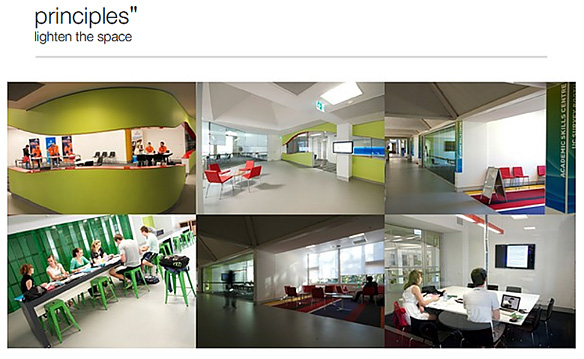.
Quoting from that piece:
“We are at a watershed moment in education design,” says Susan Whitmer in a conversation with Nicholas Jackson of The Atlantic. “The convergence of knowledge and circumstances provide us with the opportunity to revolutionize the built environment for all of education.”
Excerpt from Welcome to the Qualcomm Tricorder X PRIZE blog:
Well, for most of us, health is something we don’t bother with… until we don’t have it. Imagine this scenario:
It’s 3 a.m. Your child is crying and screaming about an earache that has gotten progressively worse all day. Her temperature has been steadily rising and is now at 103°. What do you do now? Head to the hospital? Take her to a pediatrician? Get some Advil and wait it out? But would that interfere with a medication that she might get later at the ER or Urgent Care?
By the way, she is still crying while you are trying to figure this out.
Imagine an alternate universe, one where you take a small sample of her saliva and insert it into an attached sensor on your smartphone. There it gets analyzed, and – bing – on your 3×5-inch screen, it reassures you by telling you:
“Sadie has another ear infection. Please give her some Ibuprofen, because she may react to the aspirin like she did last time this happened in August. The nearest Walgreen’s is two blocks away, and has a prescription filled for a topical antibiotic that should begin to address symptoms within three hours. Her pediatrician has an appointment available tomorrow at 3 p.m. Would you like me to schedule you for this time?”
We aren’t there quite yet, but at X PRIZE we see a day when we soon will be. In this competition, we are creating this future by launching a $10 million competition that will ask to teams to accurately and quickly diagnose 15 common and important diseases without the input or oversight of a health professional. So that in the future we may not need a doctor, or an ER room, or not even have to wait until we are sick to get health information and health care.
Health information can be now, it can be mobile, and it can be controlled by you.
See also:
From DSC:
I read the following quote from Codecademy signs up 97,000 people for its New Year’s resolution coding class (emphasis mine):

Codecademy, a startup that uses interactive online lessons to turn anyone into a computer programmer, has signed up 97,000 students in less than 48 hours for its New Year’s resolution class Code Year. That’s more than twice as many students as were enrolled in the 150 U.S. computer science undergraduate programs that the Computer Research Association surveyed last year.
This is both positive and troubling to me. Positive in that more people will learn how to program across the world, and thus (hopefully) becoming qualified to fill many of the open programming-related positions out there. It’s troubling in that the quote mentions that within 48 hours, the number of students signed up was already more than twice the number of students enrolled in Computer Science programs at the undergraduate level in the entire United States.
What does that statement tell us?
- Are there a lot more people interested in programming out there but can’t afford to pay their way through an undergraduate program?
- That many people aren’t qualified to get into an undergraduate program but are hoping to gain skills anyway?
- Perhaps people are just trying it out and many won’t actually pursue this route…
- Perhaps there’s some duplication here, as some of the same undergrads are also enrolled in Codeacademy…
- Perhaps the people taking these courses won’t be qualified…but perhaps they will be qualified…
- Perhaps a student-teaching-student model will unfold here with massive FAQ’s and examples being developed over time…
Hmmm…regardless, this is an excellent example of the disruption being caused by technology and the Internet. I expect many more examples in 2012. Perhaps the “Walmart of Education” that I’ve been tracking over the years will have different components to it, with one major piece of it coming from the Codeacademy’s of the world.
Some of the questions that come to my mind for those of us working within higher education are:
- How do we help educate the world at more reasonable prices?
- What opportunities does the Internet offer us?
- What new business models and transformations should we be pursuing that use the Internet?
- Are there things that we can do to better address why all of these people are not enrolling in our undergraduate CS programs?
Telepresence robots let doctors go home with patients in the U.S. — from dvice.com by Eileen Marable
.

From DSC:
The pace of innovation continues — what does this mean for our current engineering programs? For the future curriculum of engineering-related programs? How does this rapid change of pace affect our schools of education? Should we be introducing more courses on pulse-checking/trend watching/courses in futurism? In robotics? Other?
Example:
Mitsubishi shows off what car interfaces will look like in 10 years — from dvice.com
.
Educational content and learning experiences wirelessly delivered to home TV console — from marketwatch.com
Excerpt:
DALLAS, Dec. 6, 2011 /PRNewswire via COMTEX/ — Don’t touch that dial. A new variety of interactive educational content for the youngsters in the household is headed to a TV near you.
AT&T* today announced an agreement with TVTextbook to provide mobile broadband connectivity to TVTextbook’s eLearning connected device portfolio. TVTextbook (TVT) delivers high-quality K-12 curriculum that is distributed through a learning console connected to the television. Only TVTextbook leverages basic television-a product found in virtually every U.S. household-to help school districts deliver a digital education to 100% of their students. AT&T’s connectivity will bring a seamless, wireless connection between school and home.
From DSC:
Do I think this will be excellent in 2012? No. Do I think it’s innovative? Yes. Do I think it will be potentially helpful to many? Yes…and so will many apps that are coming to our living rooms in the next 1-3 years.
Also see:









